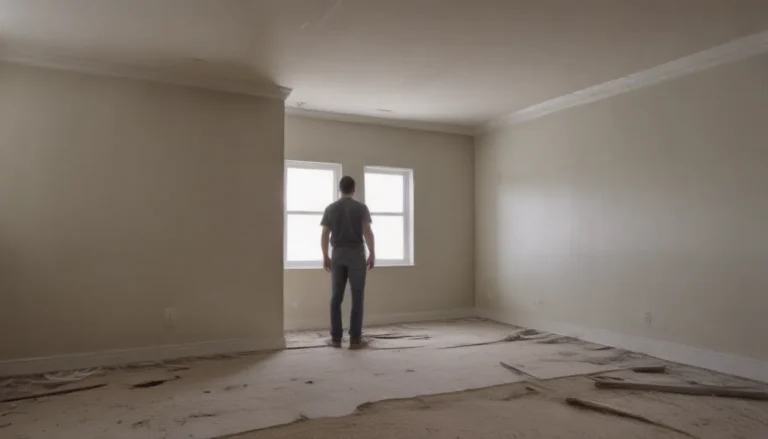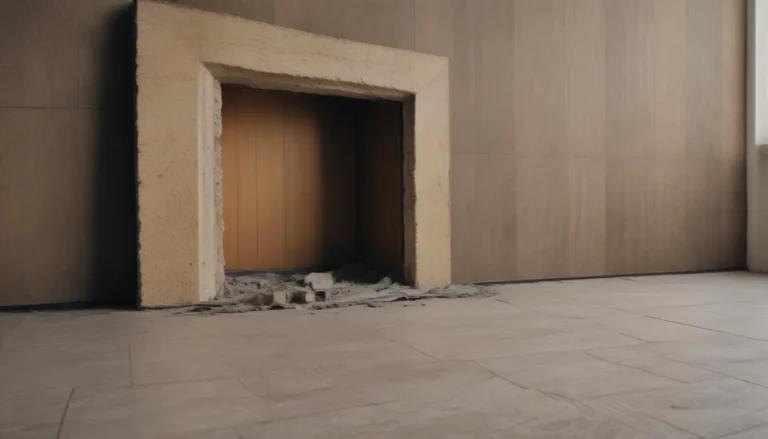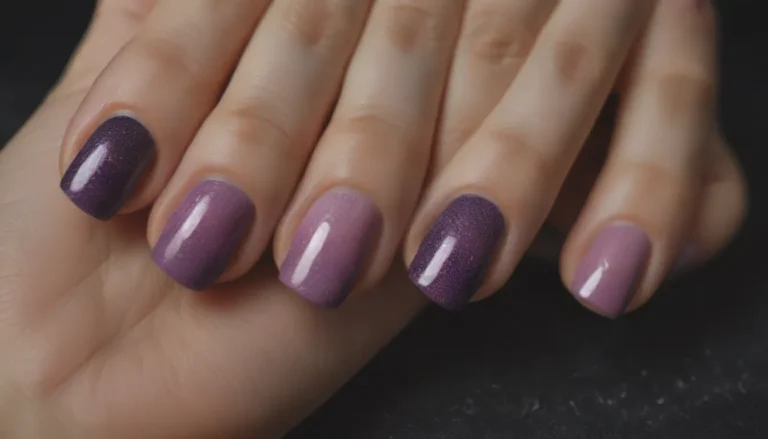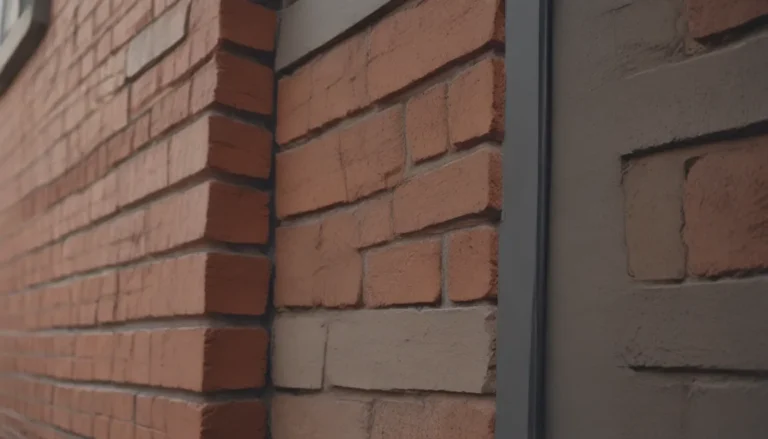Mastering Concrete Pouring in Cold Weather: A Comprehensive Guide
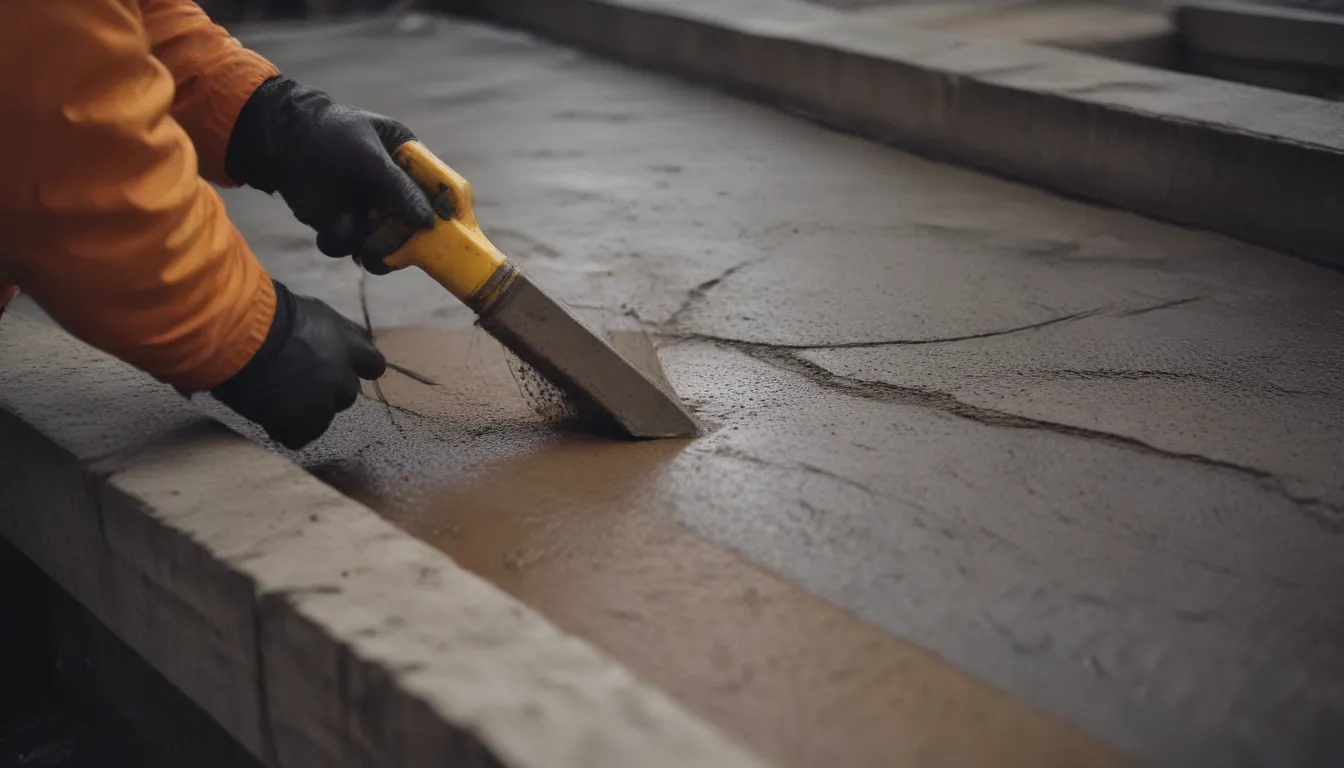
Are you planning to pour concrete in cold weather, but unsure of the best practices to ensure a successful outcome? Pouring concrete in low temperatures can be challenging, but with the right precautions and techniques, you can achieve excellent results. In this in-depth guide, we will explore tips and strategies to help you navigate the process of cold-weather concreting effectively.
Understanding Cold-Weather Concreting
When the average daily air temperature drops below 40 degrees Fahrenheit for more than three days, and stays below 50 degrees Fahrenheit for more than half of any 24-hour period, it is considered cold-weather concreting. Under these conditions, special precautions must be taken to protect the fresh concrete from freezing and to ensure proper curing for maximum strength.
Concrete that freezes at an early age can lose a significant amount of its overall strength. However, by following the guidelines outlined by the American Concrete Institute (ACI), you can successfully pour and place concrete in cold weather. In fact, properly managed concrete in cool weather can actually be stronger than concrete poured in hot weather, thanks to the slower curing period.
Benefits of Pouring Concrete in Cold Weather:
- Slow curing period can result in stronger concrete
- Reduced risk of thermal cracking
- Extended working time for finishing and detailing
Challenges of Pouring Concrete in Cold Weather:
- Risk of freezing before proper curing
- Slower setting time
- Increased need for protection and monitoring
Preparing for Cold-Weather Concreting
Before pouring concrete in cold weather, it is essential to take certain preparation steps to ensure a successful outcome. Here are some tips to consider:
Preparation Tips:
- Plan ahead and check the weather forecast for expected temperatures
- Use insulating blankets or enclosures to maintain work-site temperatures
- Ensure all equipment and materials are pre-warmed before use
Pouring and Placing Concrete
During the pouring and placing process, there are additional practices that can help concrete set up and cure properly in cold weather. Here are some tips to keep in mind:
Pouring and Placing Tips:
- Monitor concrete temperature and ambient air temperature regularly
- Use hot water or admixtures to increase concrete temperature
- Avoid pouring concrete directly onto frozen ground
It is crucial to follow the guidelines set by the ACI 306 for concrete placement and protection in cold weather. The goal is to keep the concrete warm, above 5 degrees Celsius, for the first 48 hours to ensure proper strength development. Any freezing within the first 24 hours can result in a significant loss of strength, potentially up to 50 percent.
Curing Concrete in Cold Weather
Once the concrete is poured and placed, the curing process is crucial to achieving maximum strength. Here are some techniques to consider during the curing phase:
Curing Tips:
- Cover the concrete with polyethylene sheeting or insulating blankets to trap heat
- Avoid allowing the concrete to freeze within the first 24 hours
- Monitor concrete temperature and protect it from extreme weather conditions
By following these tips and techniques, you can ensure that your concrete reaches its full potential strength even in cold weather conditions. Remember that proper planning, preparation, and execution are key to success in cold-weather concreting.
Additional Resources and References
For further reading on cold-weather concreting and curing techniques, consider exploring the following resources:
- Cold Weather Concrete – American Concrete Institute
- Farzampour, Alireza. Compressive Behavior of Concrete Under Environmental Effects. 2019. Intechopen. doi:10.5772/intechopen.80174
- Hot & Cold Weather Concreting Plus Curing – Michigan Concrete Association
- Role of Concrete Curing – Portland Cement Association
In conclusion, pouring concrete in cold weather doesn’t have to be daunting. With the right knowledge and approach, you can achieve excellent results even in challenging conditions. Remember to plan ahead, take necessary precautions, and monitor the curing process to ensure a successful outcome. Happy pouring!
